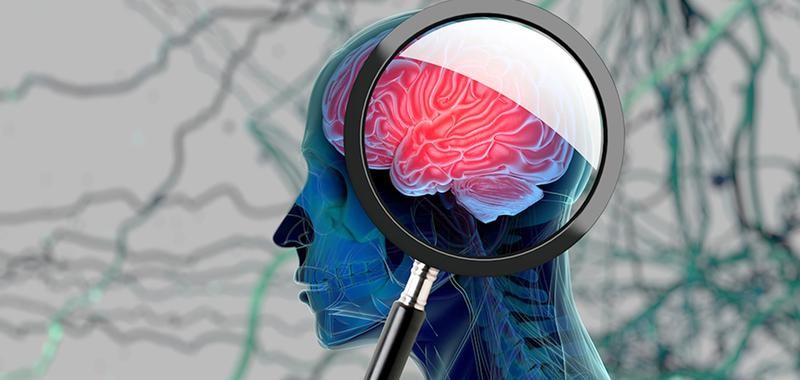SNCA PROTEINS AND PARKINSON’S DISEASE

Source: Hindu
Disclaimer: Copyright infringement not intended.
Context
- Parkinson's disease, a debilitating neurodegenerative disorder, is currently managed through symptomatic treatments that either boost dopamine levels or involve neuron grafting.
- However, a potential solution focusing on the SNCA (synuclein alpha) protein could offer a more sustainable treatment method.
Details
Understanding SNCA
- Presence in Neurons:
- SNCA is prevalent in neurons, particularly dopaminergic neurons, which are critical for dopamine neurotransmission.
- It exists near the cell nuclei and at neuronal junctions, capable of misfolding and forming filamentous structures.
- Role in Disease:
- Misfolded SNCA forms Lewy bodies, contributing to the loss of neuronal function and eventual cell death.
- Its aggregates are also found in other neurodegenerative diseases, though most notably in Parkinson’s.
Recent Research Findings
- A recent study by Swasti Raychaudhuri’s lab at the CSIR-Centre for Cellular and Molecular Biology in Hyderabad sheds light on the dual nature of SNCA aggregates in cells:
1.Two SNCA Populations:
- Lewy Body-Like Structures: Filamentous aggregates around the nucleus that disrupt cellular integrity.
- Aggresomes: Smaller clumps that localize misfolded proteins for degradation, promoting cellular health.
2.Balance and Disease:
- Healthy cells manage misfolded proteins via aggresomes, preventing the formation of harmful Lewy bodies.
- Excessive misfolded SNCA overwhelms the cell’s capacity, leading to Lewy body formation and subsequent cellular damage.
Therapeutic Implications
Current Parkinson's treatments focus on symptomatic relief, but managing SNCA levels offers a promising alternative:
- Reducing SNCA Content: Strategies include inhibiting SNCA gene expression or degrading SNCA protein, requiring targeted interventions to avoid systemic effects.
- Gene-Silencing Tools: Techniques like CRISPR-Cas9 have been explored in cell cultures and animal models, though challenges like crossing the blood-brain barrier remain.
- Preventing Aggregate Formation: Dr. Raychaudhuri suggests increasing SNCA sequestration into aggresomes to reduce Lewy body formation, though precise methods need further development.
About SNCA Protein
Basic Characteristics:
- Protein Family:Synuclein family, which also includes beta-synuclein and gamma-synuclein.
- Amino Acids:Composed of 140 amino acids.
- Molecular Weight:Approximately 14 kDa.
- Structure:
- Lacks a stable three-dimensional structure in solution, classified as an intrinsically disordered protein (IDP).
- Can adopt alpha-helical or beta-sheet conformations under different conditions.
- Localization:
- Cellular Distribution:Found in the cytoplasm, nucleus, and particularly at presynaptic terminals of neurons.
- Tissue Specificity:Abundant in the brain, especially in dopaminergic neurons.
Functions:
- Synaptic Vesicle Regulation:Involved in the regulation of neurotransmitter release.
- Membrane Interaction:Binds to lipid membranes, potentially involved in membrane trafficking.
- Mitochondrial Function:May play a role in maintaining mitochondrial function and integrity.
- Protein Aggregation:Misfolding of SNCA leads to the formation of aggregates known as Lewy bodies.
- Neurotoxicity:Aggregated SNCA is toxic to neurons, disrupting cellular processes and leading to cell death.
Must read article:
Sources:
|
PRACTICE QUESTION Q. The SNCA protein is central to our understanding of Parkinson’s disease and other neurodegenerative disorders. Comment. (150 Words) |




1.png)
